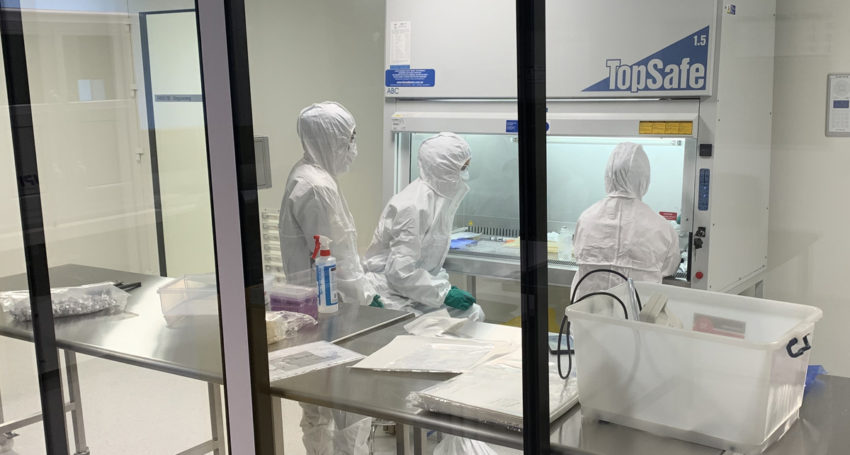Tiny cancer tracers could lift survival rates
Health & Medical
Nanoparticles that can detect complex cancer cells and potentially improve five-year survival rates are headed for human trials.

Sign up to receive notifications about new stories in this category.
Thank you for subscribing to story notifications.

South Australian company Ferronova has developed the nanoparticles that are designed to identify early stage tumour and related cancer cells.
Ferronova Chief Executive Stewart Bartlett said the tiny cancer tracers were expected to be trialled on oral cancer patients at the Royal Adelaide Hospital in April 2020, pending key approvals.
Bartlett said once Ferronova’s polymer-coated iron oxide nanoparticles were injected into patients they would show up on an MRI within about 15 minutes.
“The way they work in cancer is they’re designed to be detected around a solid tumour,” he said.
“They’ll actually be picked up by your lymphatic system as a foreign body and follow the same pathway as any cancer spread from a primary tumour would follow.
“If you can actually know where those particles are going you can also determine where the cancer would have gone.”
Ferronova was spun out of a nanoparticles research collaboration between the University of South Australia and New Zealand’s Victoria University, with backing from IP investors Powerhouse Ventures and UniSA Ventures.
Bartlett said preclinical trials at the Mawson Lakes lab had given the company confidence to use the particles on humans.
He said the treatment was expected to be 90 per cent accurate.
“We’ve added a molecule to the particles so they go to the first lymph node and they are retained in the first lymph node, which no other magnetic particles do,” Bartlett said.
“The advantage of that is you can do these injections and do an MRI after 15 minutes. But if you don’t have surgery for another two or three days that’s OK because they [the particles] stay in the first node.”
He said the technique had so far been used in cancers such as breast and melanoma.
“If you look at the patients who are diagnosed with localised cancer, their five-year survival rates are pretty much 100 per cent,” Bartlett said.
“Our technology was to make this possible in complex cancers.
“A good example would be lung cancer. In the early stage lung cancers, that are assumed to be localised, the five-year survival rate is about 50 per cent.
“Our objective is to really improve the five-year survival rate for those more complex cancers that don’t take advantage of that method.”
University of South Australia biomedical engineer Professor Benjamin Thierry and PhD student Valentina Milanova are collaborating on the trial. Prof Thierry has previously led a study investigating the impact of radiotherapy on the body’s tissues.
Jump to next article



